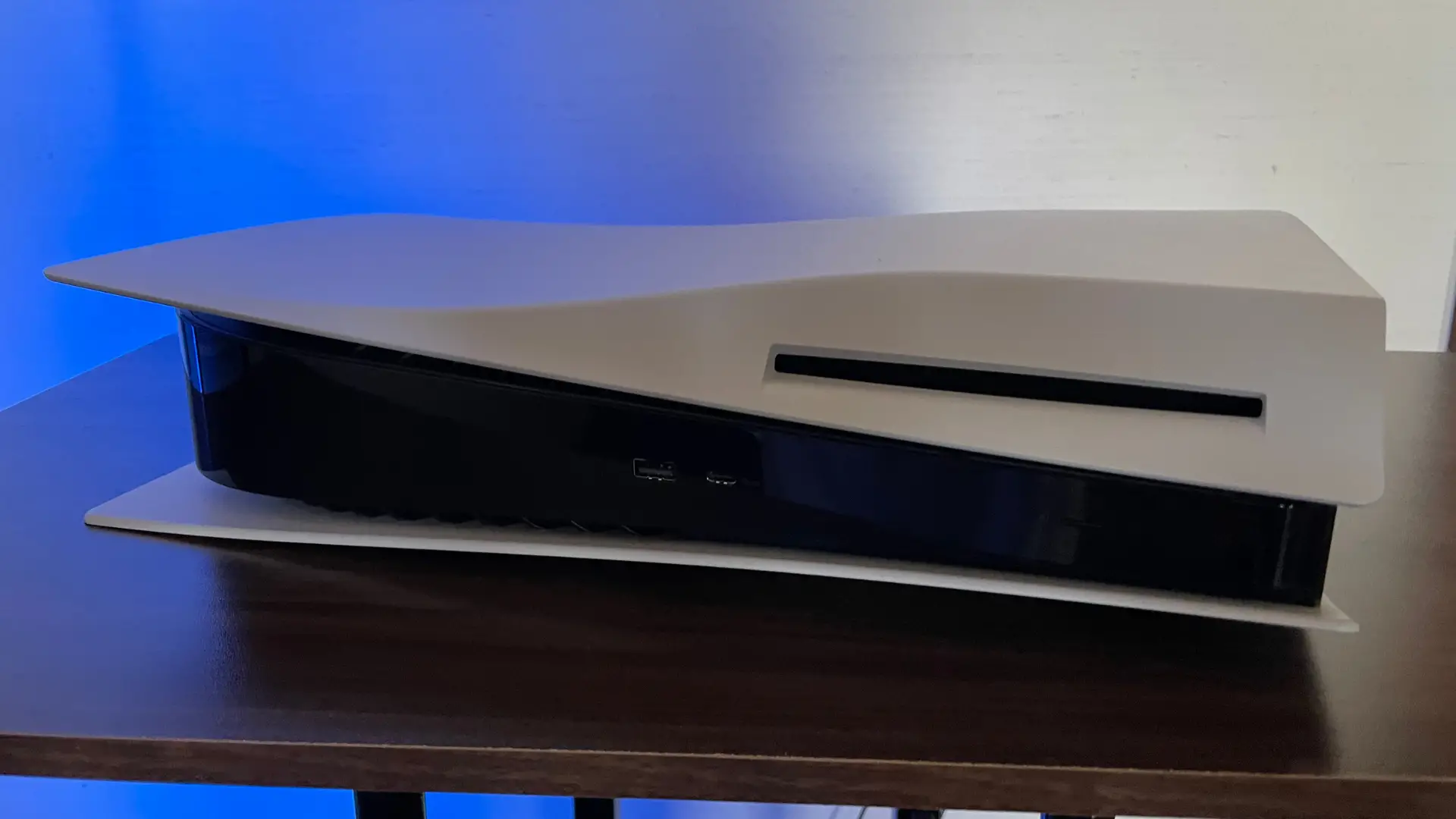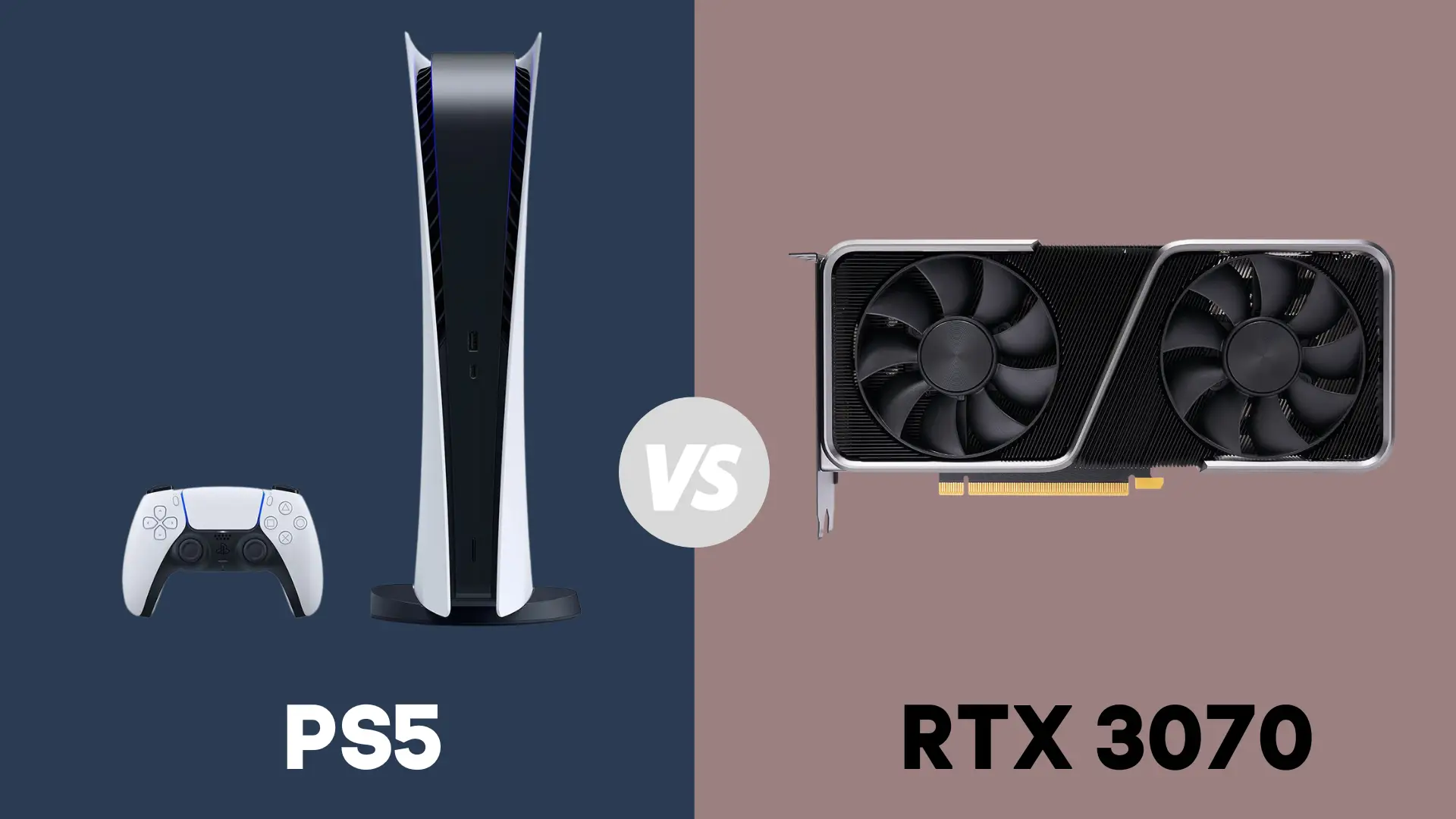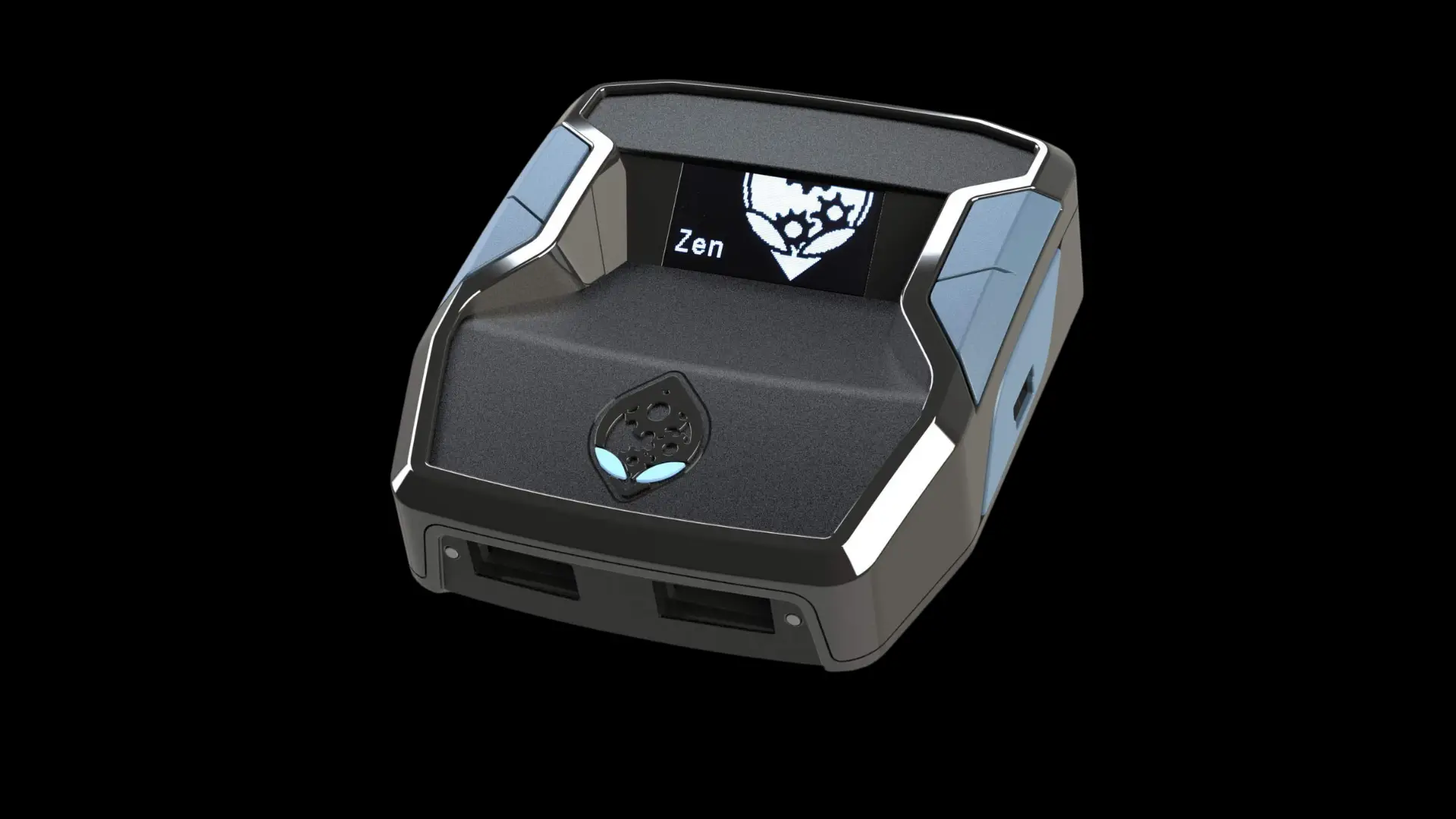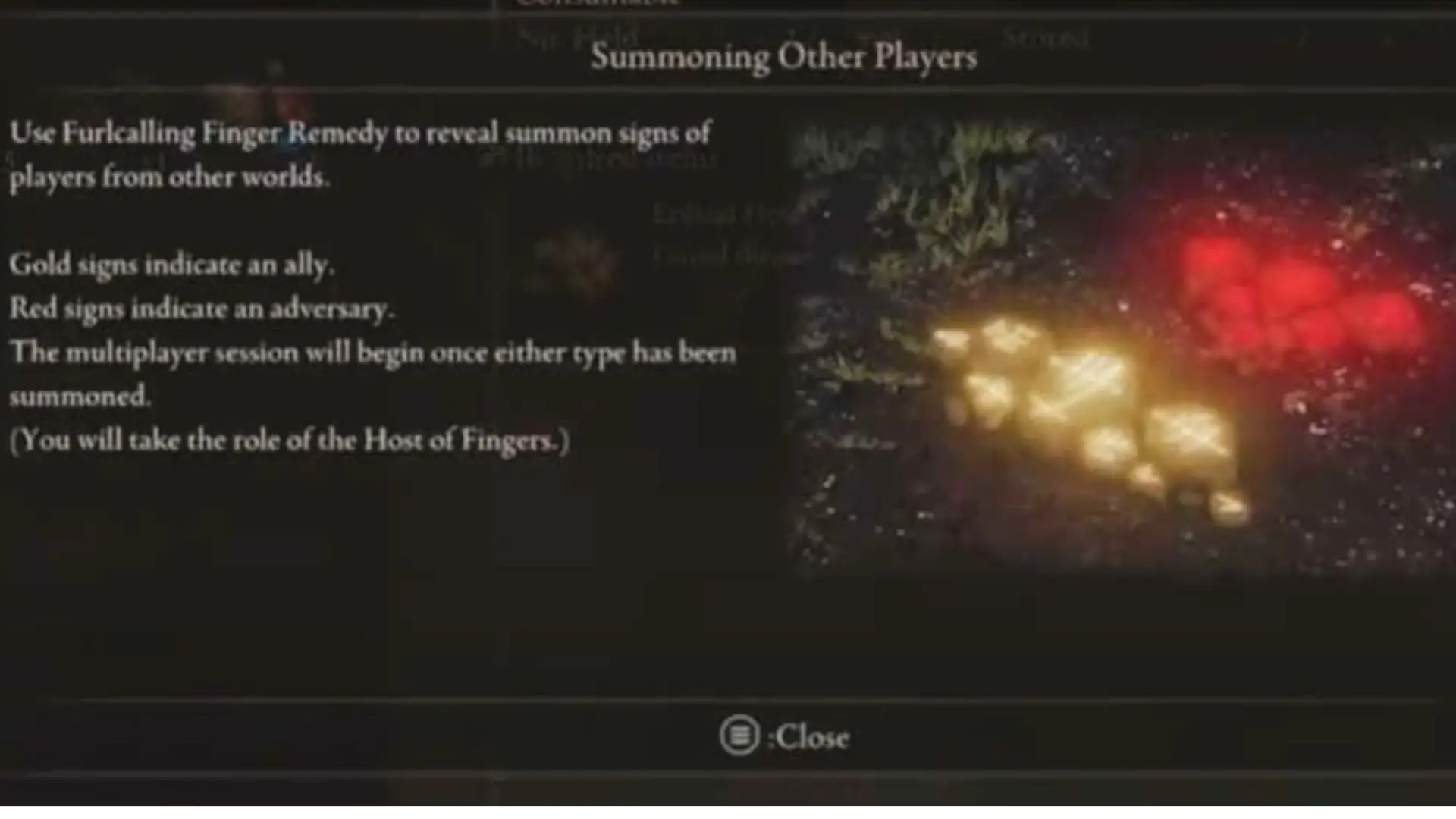How to Fix Your Lenovo Laptop that’s Not Turning on
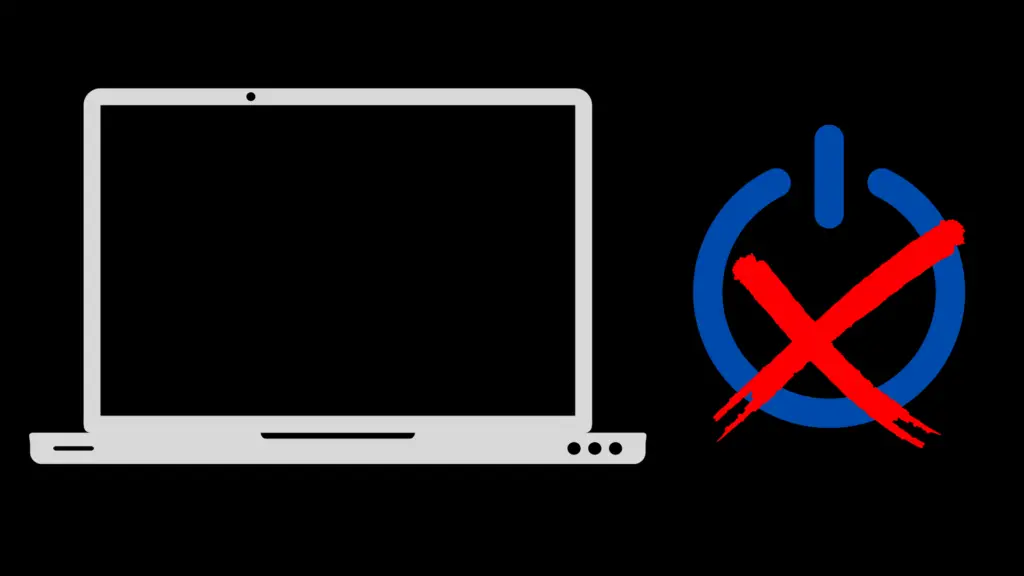
If your Lenovo laptop isn’t turning on, don’t panic! There are a few things you can do to try and fix the issue.
Lenovo laptops are some of the most popular on the market today. They are known for their quality, durability, and innovative design. However, even the best laptops sometimes experience problems. So, if you’re experiencing this problem, keep reading for help!
In most cases resetting your Lenovo laptop should solve the issue; this is done by plugging in the charger, removing the battery then, holding down the power button for around 30 seconds then re-plugging your battery. In other cases, you may need to clear the mode display, update your graphic drivers, or update windows on your laptop.
In this tutorial, we will walk you through the steps to take to get your laptop up and running again. We will also provide some troubleshooting tips if these steps don’t work for you. If your Lenovo laptop won’t turn on, follow these instructions and get your Lenovo laptop working like new!
Reasons Why Lenovo Laptop Fails to Turn on During Start-up and Possible Solutions.
Dead Battery
Have you ever gone to turn on your laptop, only to find that it won’t start up? If your Lenovo laptop still doesn’t turn on, even after you’ve recharged the battery, the battery may be damaged.
Here’s how it works: when you press the power button, the laptop sends a small charge of electricity to the battery. This activates a chemical reaction that produces electrons, which are then used to power the laptop. However, if the battery is dead, it can’t produce enough electrons to start up the computer. As a result, your laptop won’t turn on – even if the charger is plugged in. So if your Lenovo laptop won’t turn on, make sure to check the battery first. Chances are, it just needs to be recharged, or it’s already dead.
A few things can cause a battery to die, such as leaving your laptop plugged in for too long or not using it often enough. This can lead to the battery being overcharged, undercharged, or overheated. One way to tell if this is the issue is to try plugging your laptop into an outlet – if it turns on, then you know the battery was the problem. If you often find yourself in this situation, it might be time to invest in a new battery. In the meantime, make sure to unplug your Lenovo laptop when you’re not using it and give it a break every once in a while!
Power Adapter
A power adapter is an electronic device that supplies electric power to an appliance. It converts AC to DC voltage and allows appliances to run without plugging into a wall outlet. A Lenovo laptop will not turn on during start-up if there is a problem with the power adapter.
Types of Power Adapters
There are two types of power adapters: AC adapters and DC adapters. AC adapters convert the standard 110-120 volts AC from wall outlets into lower voltage DC for electronic devices. This is the most common type of adapter and is used for most electronics, including laptops. DC adapters convert a battery’s voltage into a different voltage required by the device. This type of adapter is used for devices that need a higher voltage, such as tablets and some gaming consoles.
Identifying a Faulty Power Adapter
There are several ways to identify a faulty power adapter. One common sign is if the adapter feels hot to the touch. Another is if the laptop fails to turn on when the adapter is plugged in. If the adapter has a loose connection, it can also create problems with powering the laptop. Try using another adapter with your laptop to test for a faulty adapter. If the laptop turns on with a different adapter, then the original adapter is likely faulty, and you may need to get a new power adapter for your laptop.
Faulty Motherboard
A faulty motherboard can cause a Lenovo laptop to fail to turn on during start-up. This is because the motherboard is responsible for powering up all of the other components in the laptop. If there is a problem with the motherboard, it can prevent the laptop from starting up properly.
There are a few ways that you can troubleshoot a faulty motherboard. One way is to try connecting an external monitor to the laptop. If you can see an image on the screen, then it means that the problem is with the motherboard. If you cannot see an image on the screen, then it means that the problem is with another component, such as the graphics card or LCD screen.
Another way to troubleshoot a faulty motherboard is to try a different power cord. If the laptop starts up when you use a different power cord, then it means that the problem is with the motherboard. If the laptop does not start up when you use a different power cord, then it means that the problem is with another component, such as the power supply.
Faulty CPU
A faulty CPU can cause a Lenovo laptop to fail to turn on during start-up. In some cases, the laptop will only partially turn on, while in other cases, it may not turn on at all. This problem is caused by the fact that the CPU is responsible for starting up the system, and if it’s not functioning properly, the laptop will not turn on.
There are a few ways to determine if your CPU is faulty. One way is to check the temperature of the CPU using a software program or hardware monitoring tool. If the CPU is running too hot, it may indicate a problem. Another way to check is to open up the laptop and inspect the CPU. If the silicon is cracked or there are other signs of damage, the CPU is likely faulty.
Finally, you can also run a diagnostic test on the CPU to check its functionality. This can be done using a software program or by taking the laptop to a service center. If the diagnostic test indicates that the CPU is not functioning properly, you may need to replace the CPU to fix the problem.
Tips on Fixing a Lenovo Laptop that Won’t Turn On
The first thing you should do is make sure that your laptop is actually turned off. Many people assume that their laptop is off when it’s actually in sleep mode. To check, hold down the power button for a few seconds until the laptop turns off completely. If your laptop is still not turning on, there are a few things you can try:
– The first thing you should try is charging the battery. Connect the laptop to an AC adapter and plug it in. Leave the laptop plugged in for a few hours, then try turning it on. If it doesn’t turn on, try charging it for a longer period of time.
– If charging the battery doesn’t work, you can try removing the battery and holding down the power button for a few seconds to try and turn it on. If that doesn’t work, you can try cleaning the battery contacts with a cotton swab and rubbing alcohol.
– Clear the Mode Display. On the keyboard, press Windows + Ctrl + Shift + B. All keys must be pressed at the same time and released immediately. This can revive your display and refresh your display connection.
– Update your graphics drivers. The display may not function properly if your graphics driver is faulty or outdated. Try updating the driver and restarting the computer to check whether your screen is functional.
– Update for Windows. Another thing you could do is upgrade your Windows. Windows updates can handle several systems on your PC. As a result, if you’re not up to date, you may encounter issues with your system. Update your OS version to see if your screen error is solvable by the Windows update.
– Begin the.exe export procedure. Explorer.exe is in charge of various important activities on your laptop, including your toolbar. If anything happened and the process was accidentally closed, it might cause your screen to go black. To see if the problem has been resolved, try rebooting:
- Ctrl + Shift + Escape will launch the Task Manager.
- Select Details.
- Navigate to Explorer.exe and choose Explorer.
- Restart your computer to see whether the display issue has been resolved.
– Make sure that your laptop is plugged in and that the charger is working correctly.
– Try using a different power adapter.
– Disconnect any external devices that are connected to your laptop.
– Reset your laptop. To do this, press and hold the power button for 30 seconds. Then, release the button and press it again. This will reset your laptop to its factory settings.
Troubleshooting Tips:
– If your laptop still won’t turn on after trying all of these steps, try removing the battery and holding down the power button for a few seconds. This will discharge any excess power that may be stored in the laptop.
– If your laptop is overheating, it may not be turning on because of thermal issues. Try using a cooling pad to help cool down your laptop.
– If your laptop has been dropped or damaged, it may not be turning on because of internal damage. In this case, you will need to take it in for repairs.
- How to Pair Meta Quest 3 Controllers with Your Quest 3 Headset: A Quick Guide
- How to Charge Meta Quest 3: A Guide to Powering Up Your VR Experience
- How to Cast Meta Quest 3 to Samsung TV: A Step-by-Step Guide
- How To Factory Reset Your Meta Quest 3: A Step-by-Step Guide
- How to Power On and Off the Meta Quest 3


